May 29, 2025 | 15:48 GMT +7
May 29, 2025 | 15:48 GMT +7
Hotline: 0913.378.918
May 29, 2025 | 15:48 GMT +7
Hotline: 0913.378.918
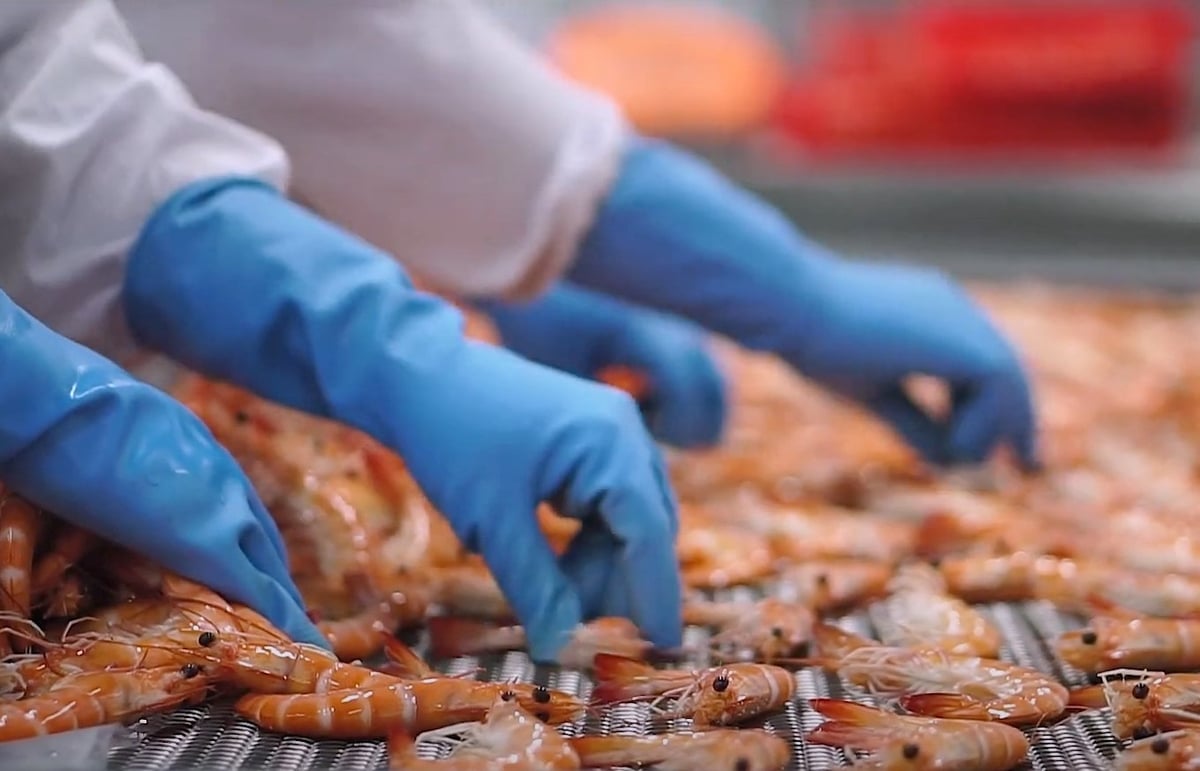
VASEP observed that exporters are still in the process of signing new agreements with U.S. partners, despite the fact that they have been fulfilling existing contracts. Photo: Son Trang.
The Vietnam Association of Seafood Exporters and Producers (VASEP) has reported that Vietnamese shrimp exports have experienced impressive development in the first half of this year. Shrimp exports exceeded USD 1.3 billion in the initial four months, representing a 34% increase from the same period in 2024.
The U.S. market was one of the factors that contributed to this growth. In the first four months of 2025, Vietnamese shrimp exports to the United States amounted to USD 193 million, representing a 15% year-over-year increase. Compared to April 2024, exports to the United States experienced a 25% increase in April.
VASEP mainly attributed this significant increase to exporters increasing their shipments prior to the implementation of reciprocal tariffs by the U.S. government. Companies are accelerating the delivery of pre-contracted orders prior to the official implementation of the Trump administration's tariff policy.
Fimex VN is one of the companies that has reported a substantial increase in the export of prawns to the United States in April. In April, the company sold 1,961 tonnes of completed shrimp, generating nearly USD 24 million in revenue. This represents a 37% increase in volume and a 46% increase in value compared to the same month last year.
This result is attributed to positive growth across all of Vietnam’s major shrimp import markets. The "reciprocal tax storm" from the U.S. also had a notable impact on Vietnam’s shrimp export value in April this year, as businesses rushed to boost shipments to the U.S. during the temporary suspension of U.S. duties.
However, Dr. Ho Quoc Luc, Chairman of Fimex VN, stated that shrimp exporters suspended shipments to the U.S. East Coast prior to May 20 in order to mitigate the possibility of shipments arriving after July 9, when the 90-day suspension period concludes. While anticipating the official announcement of reciprocal tariffs, companies are concentrating on alternative markets.
VASEP observed that exporters are still in the process of signing new agreements with U.S. partners, despite the fact that they have been fulfilling existing contracts. These contracts contain provisions for renegotiation in accordance with the final tariff rates.
The imposition of reciprocal tariffs will have a substantial impact on the future export performance of Vietnamese shrimp, as Dr. Ho Quoc Luc emphasized that the U.S. remains a premier market.
Several scenarios are being considered for U.S. reciprocal tariffs on Vietnamese shrimp, according to VASEP. Expected tariff rates for competing exporters include Bangladesh (37%), Thailand (36%), India (26%), and Ecuador (10%). These nations may potentially experience tariff reductions of less than 20% subsequent to negotiations. The present market share of Vietnam will be difficult to maintain if this scenario occurs, as its competitiveness in the U.S. shrimp market will likely decline significantly.
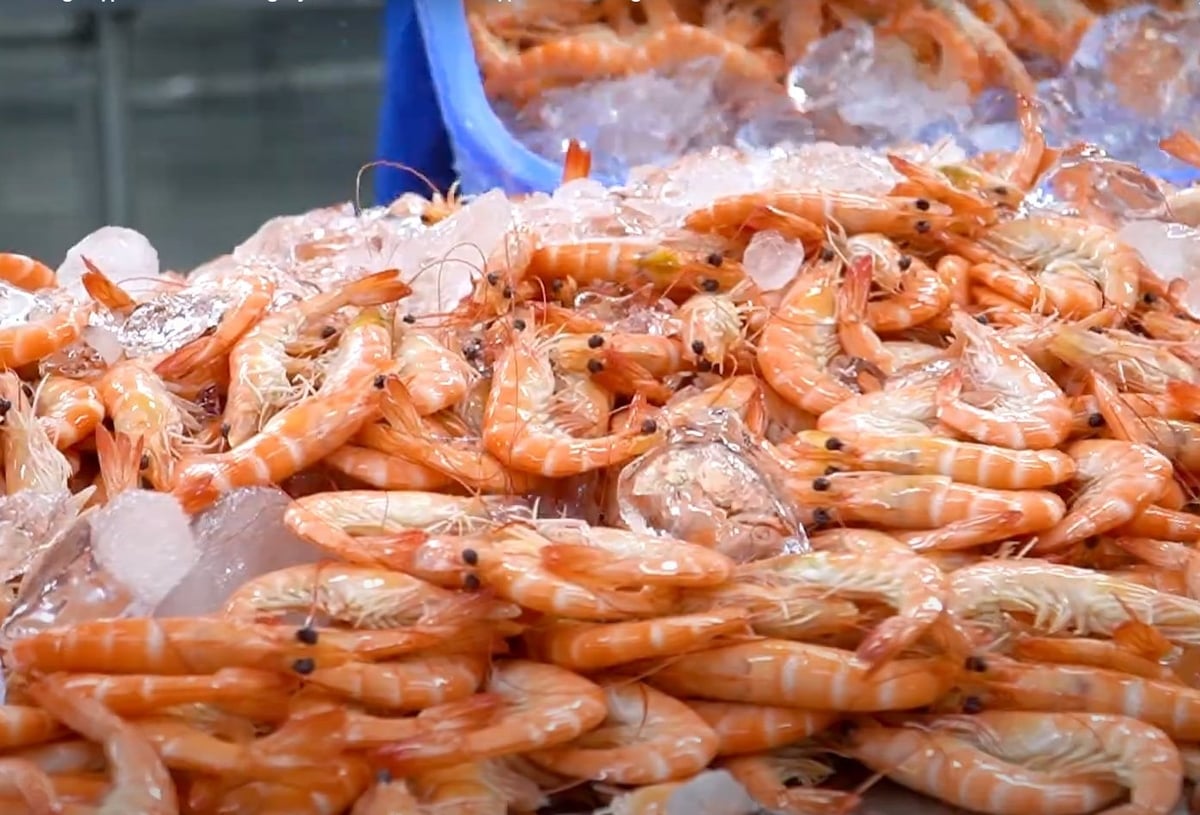
Exporters are increasingly looking to diversify their markets in response to the uncertainties in the U.S. market, and the EU remains a critical market. Photo: Son Trang.
Many Vietnamese seafood companies are actively shifting to new markets in response to this threat. VASEP has reported that numerous exporters have taken proactive measures to reduce production costs, reestablish relationships with former clients, and transfer their focus to Europe and Asia since the Trump administration's tariff announcement.
It seems that this approach is yielding positive results. Shrimp exports to the EU increased by 28% year-over-year to USD 152 million in the first four months of the year. Exporters are increasingly looking to diversify their markets in response to the uncertainties in the U.S. market, and the EU remains a critical market.
In the same period, Vietnamese shrimp exports increased by 20% to USD 169 million, while Japan has also experienced robust growth. As a result of Vietnam's proficiency in the production of high-quality, value-added products, Japan has been a steadfast market for Vietnamese crustaceans. Japanese demand has garnered revived attention from Vietnamese exporters amid the expansion of U.S. trade barriers.
Furthermore, VASEP recommends that shrimp exporters capitalize on free trade agreements like the EVFTA, CPTPP, and RCEP to enhance their market presence in the EU, Japan, and South Korea. To mitigate risks and reduce dependence on a limited number of main markets, exporters are also encouraged to investigate emerging markets and increase domestic consumption.
Translated by Linh Linh
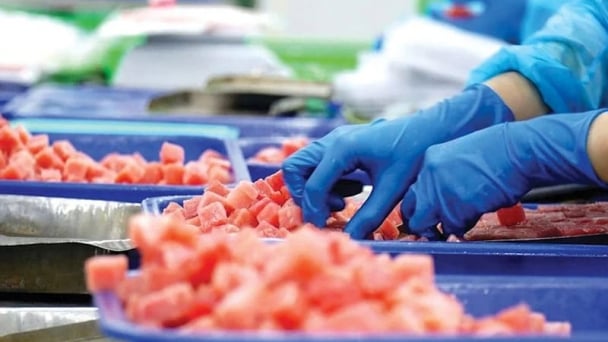
(VAN) The import-export turnover between Vietnam and Singapore rose amid a trade rebound, with machinery, electrical equipment, and fuels making up the majority of the transaction value.
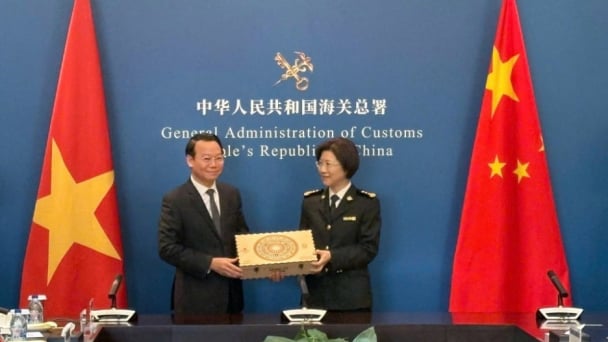
(VAN) Director General of the General Administration of Customs of China, Ms. Sun Mai Jun, has pledged to implement measures that will ease the import process for Vietnamese agricultural products.
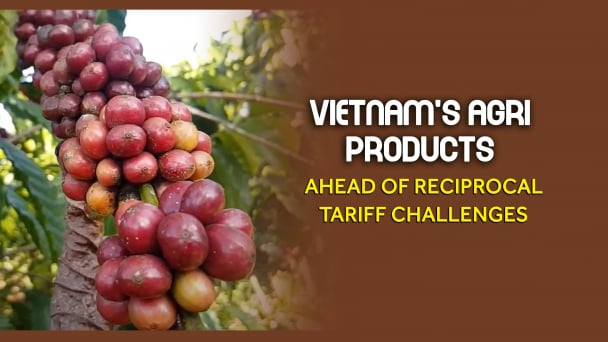
(VAN) Although Vietnam is still increasing its coffee exports, the industry is currently in the process of determining market strategies in response to the U.S. imposition of reciprocal tariffs.

(VAN) With rising demand in Muslim-majority countries, Halal certification is becoming a critical passport for Vietnamese agricultural products seeking sustainable market access and consumer trust in the Middle East and Africa.

(VAN) Vietnam’s fruit and vegetable exports to the U.S. are rising sharply, and exporters are hoping that any upcoming reciprocal tariffs will be set at manageable levels.
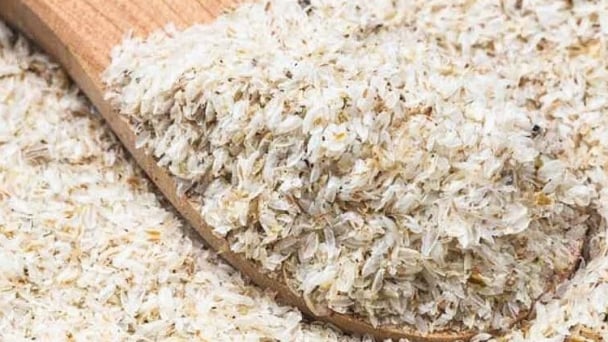
(VAN) Despite meeting quality standards, Vietnamese rice bran exporters still face difficulties with administrative procedures under the new protocol.